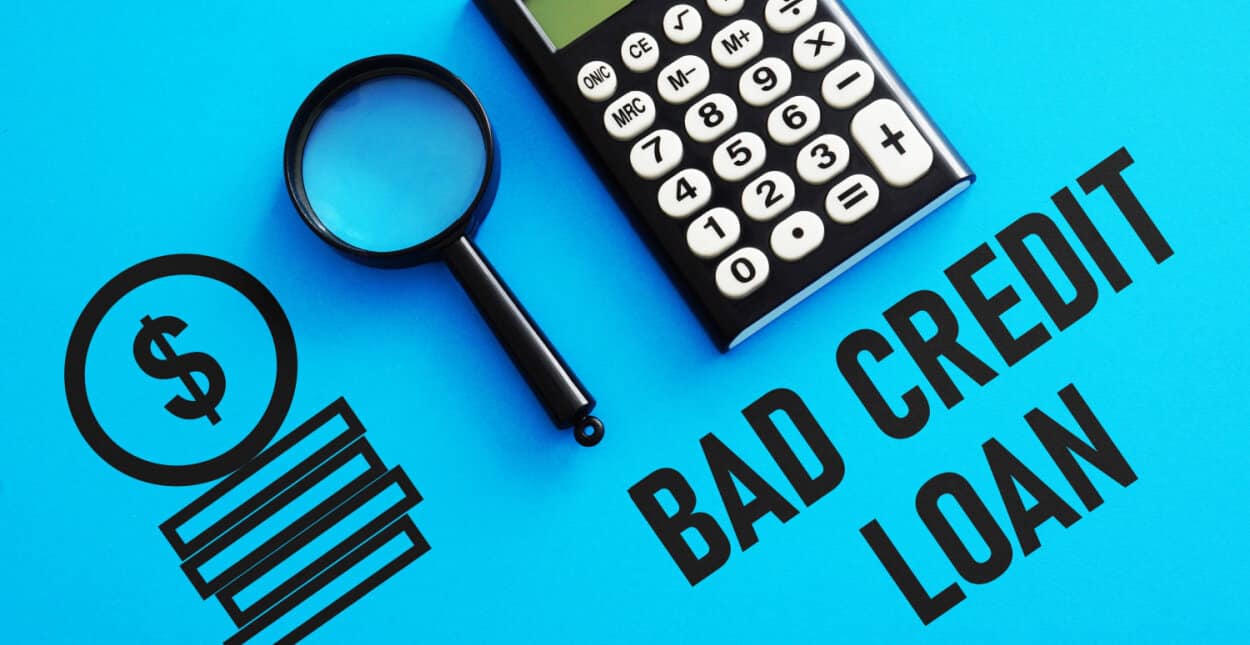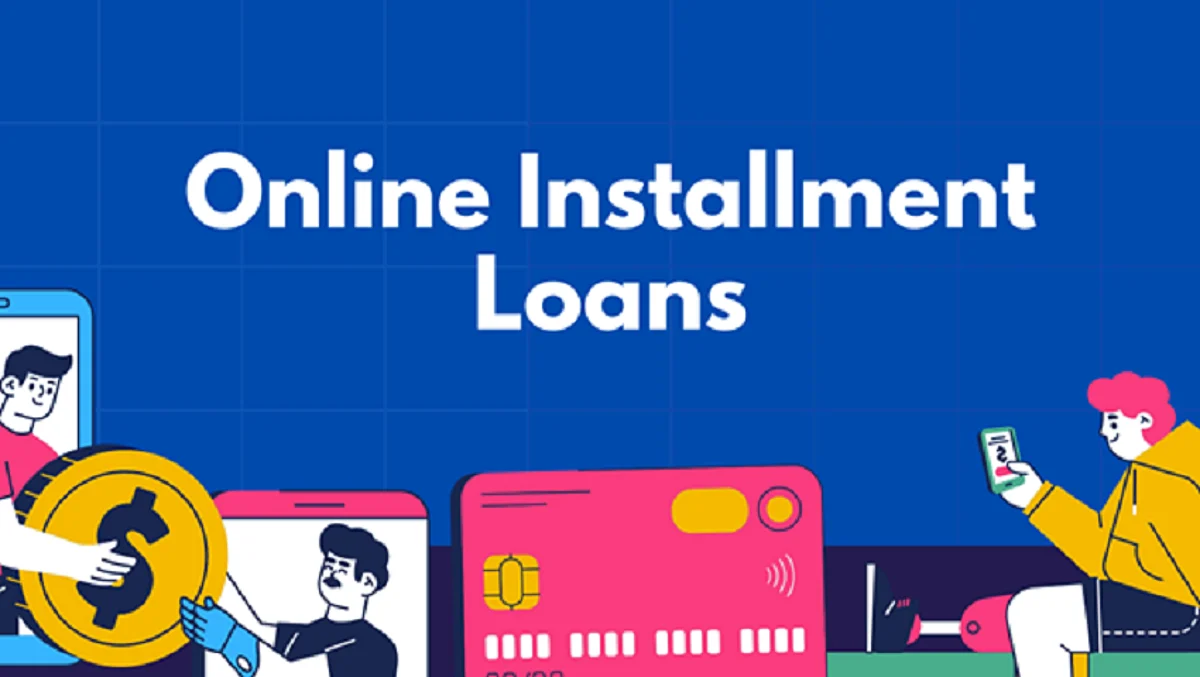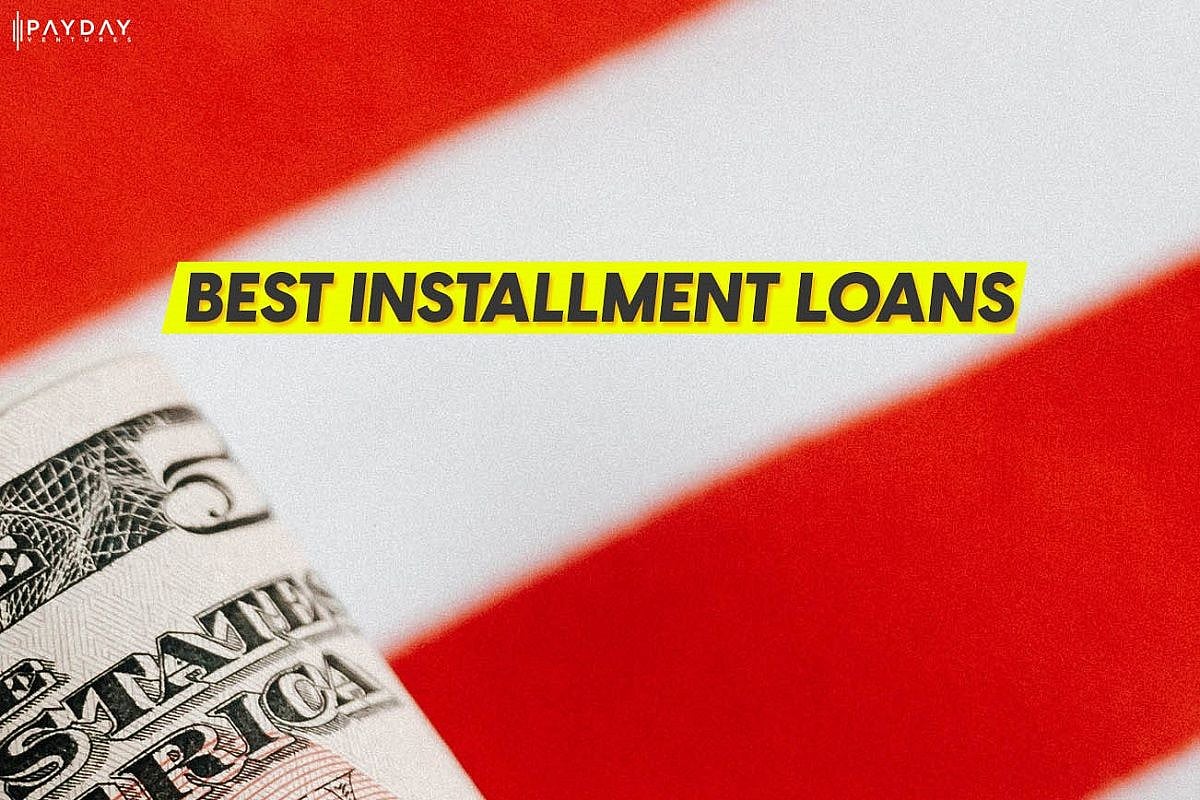Guaranteed Hardship Loans For Bad Credit Direct Lender Online

Imagine a life raft tossed to you in the middle of a storm. The waves are crashing, the wind is howling, and you're struggling to stay afloat. Now, picture that life raft as a guaranteed hardship loan, offered directly online, a lifeline for those with a less-than-perfect credit history.
These loans are becoming increasingly crucial for individuals and families facing unexpected financial crises. They provide a semblance of stability during times of hardship, offering access to funds when traditional lenders might turn away.
The Promise of a Lifeline
At its core, the concept of guaranteed hardship loans aims to address a significant gap in the financial landscape. Many individuals with bad credit struggle to access emergency funds, often due to strict lending criteria imposed by banks and credit unions.
This is where direct lenders step in, offering an alternative pathway to financial assistance. They specialize in assessing borrowers' ability to repay based on factors beyond just their credit score.
The "guaranteed" aspect is a bit of a misnomer; while these lenders often have more lenient requirements, approval isn't always certain. It's more about increased accessibility and a willingness to work with borrowers who have a history of financial difficulties.
Understanding the Need
The demand for hardship loans stems from various factors, including job loss, medical emergencies, and unexpected home repairs. The Federal Reserve's recent reports indicate a significant percentage of Americans wouldn't be able to cover a $400 emergency expense without borrowing money or selling possessions.
This vulnerability highlights the critical role that hardship loans play. They prevent a temporary setback from spiraling into a full-blown financial disaster.
The rise of online direct lenders has made it easier for individuals to access these loans. The convenience and speed of online applications are particularly appealing in urgent situations.
The Rise of Direct Lenders
Traditionally, those with bad credit had limited options: payday loans with exorbitant interest rates, or turning to family and friends. Direct lenders offer a middle ground, providing loans with more reasonable terms than payday lenders, while being more accessible than traditional banks.
These lenders often use alternative data sources to assess creditworthiness, such as employment history, bank statements, and even utility bill payments. This holistic approach allows them to make informed lending decisions, even when a borrower's credit score is less than ideal.
The online platform also streamlines the application process. Borrowers can apply from the comfort of their own homes, often receiving a decision within minutes.
What to Look For in a Direct Lender
Navigating the world of online lenders requires careful consideration. It's essential to choose a reputable lender with transparent terms and conditions.
Look for lenders who clearly state their interest rates, fees, and repayment schedules. Avoid lenders who promise guaranteed approval without assessing your ability to repay.
Check online reviews and ratings to get a sense of other borrowers' experiences. The Better Business Bureau is also a valuable resource for researching lenders' track records.
Key Considerations:
Interest Rates: Understand the annual percentage rate (APR) and how it compares to other lenders.
Fees: Be aware of any origination fees, late payment fees, or prepayment penalties.
Repayment Terms: Choose a repayment schedule that fits your budget and financial situation.
Customer Service: Ensure the lender offers responsive and helpful customer support.
The Potential Downsides
While hardship loans can be a lifeline, it's important to acknowledge the potential downsides. Even with a direct lender, interest rates can be higher for borrowers with bad credit.
Failing to repay the loan can further damage your credit score, making it even more difficult to borrow money in the future. It’s crucial to borrow responsibly and only take out a loan you can realistically afford to repay.
Some predatory lenders may try to take advantage of vulnerable borrowers. Be wary of lenders who pressure you into borrowing more than you need or who use aggressive collection tactics.
Responsible Borrowing Practices
Before applying for a hardship loan, carefully assess your financial situation. Determine the exact amount you need and create a budget to ensure you can repay the loan on time.
Explore all available options, including assistance programs, credit counseling, and negotiating with creditors. A loan should be a last resort, not the first solution.
If you decide to proceed with a loan, read the terms and conditions carefully before signing any agreement. Ask questions if anything is unclear.
The Future of Hardship Loans
The demand for hardship loans is likely to continue to grow. As economic uncertainty persists, more individuals and families will face unexpected financial challenges.
Direct lenders are poised to play an increasingly important role in providing access to credit for those who need it most. However, it's crucial that these lenders operate responsibly and ethically.
Increased regulation and consumer education are needed to protect borrowers from predatory lending practices. By promoting transparency and responsible borrowing, we can ensure that hardship loans truly serve as a lifeline for those in need.
A Hopeful Outlook
Despite the inherent challenges, the emergence of guaranteed hardship loans offered by direct lenders online represents a positive step towards greater financial inclusion. They offer a glimmer of hope for those struggling to navigate financial hardship.
These loans are not a magic bullet, but they can provide a much-needed bridge to stability during difficult times. By approaching them with caution, responsibility, and a clear understanding of the terms involved, borrowers can leverage these financial tools to regain control of their finances and build a brighter future.
Ultimately, the goal is not just to survive the storm, but to emerge stronger and more resilient on the other side. And sometimes, a well-placed lifeline is all it takes to make that possible.


















